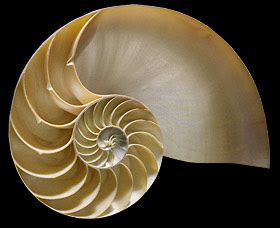WEEK 4: MEDICINE, TECHNOLOGY AND ART

Da Vinci's Anatomical Drawings When I saw this week’s lecture title, the only person I could think of was Leonardo Da Vinci, and more specifically his drawing, the Vitruvian Man, comes to mind. However, outside of that it is hard to imagine a connection between medicine and art. So, I found this week’s lectures to be very surprising, especially regarding the history of medicine. Medicine in the modern society is so heavily reliant on technology, that it is hard to imagine that artists were the pioneers of the field. The artists mentioned in this week’s lecture were heavily involved in using the human body as a form of art. Although this form of art has come up in the past lectures, these artists really took it another level. A great example of this would be the Body World exhibition. This art is definitely fascinating, but on some level I find it unsettling. Although the art is meant to celebrate the beauty of the complexity of the human anatomy, I f...


